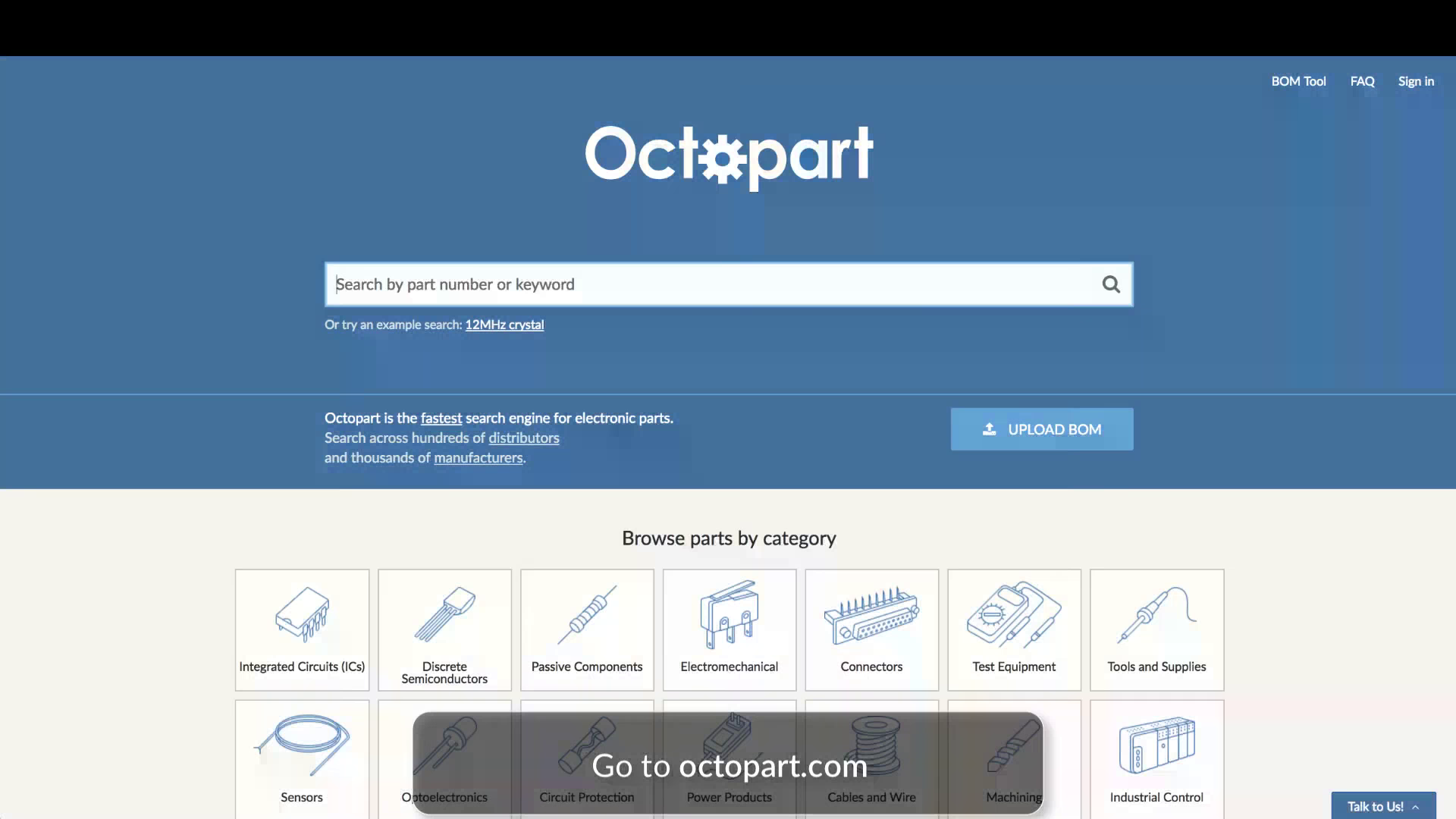Optimizing Transistors for High-Performance Applications
페이지 정보
작성자 Ina Baume 작성일25-07-26 04:02 조회20회 댓글0건관련링크
본문

Bipolar Junction Transistors (BJTs) are a fundamental component in electronic circuits, widely used in various applications for a range of purposes including signal amplification. To get the most out of BJTs, it's essential to understand their properties, limitations, and proper usage guidelines.
Understanding BJT Construction and Operation Basics
A BJT is made up of two primary semiconductor materials, p-type (positive) and n-type (negative), sandwiched between three layers. The p-type material contains excess positive charge carriers, while the n-type material has an excess of electrons. The middle layer, called the base, controls the flow of current between the emitter and collector.
BJTs can be used in different configurations: common emitter and common base. In the common emitter configuration, the emitter is connected to ground, and the collector is connected to a higher voltage source. This configuration offers improved current performance and is commonly used in amplifiers.
Choosing the Right BJT for Your Project
When selecting the right BJT, consider the following factors:
- Power Dissipation Requirements: Ensure it meets the maximum voltage and current requirements of the circuit.
- Current Gain (h_fe) Considerations: Choose a BJT with a suitable current gain the current gain requirements for the project.
- Frequency Response Needs: BJTs have a range of operational frequencies. Select a BJT within the operational frequency range of the circuit.
- Thermal Resistance Concerns: Consider heat dissipation of the BJT to ensure reliable operation.
To ensure the BJT functions within the required parameters, follow these design guidelines:
- Base Voltage (VBE) Management: Use a fixed voltage source to establish a stable VBE.
- Collector Current (IC) Regulation: Use a current regulator to limit damage to the BJT.
- Biasing Strategies: Use either fixed or variable biasing to control its operating parameters.
- Designing for the BJT's Characteristics: Design the input and output stages to match the characteristics of the BJT.
To get the most out of BJTs, keep the following tips in mind:
- Choosing the Right Base Resistor: Choose a resistor value that allows the BJT to operate within its safe operating area.
- Minimize Stray Capacitances: Reduce stray capacitances at the emitter, collector, and base.
- Avoid Overbiasing: Be aware of the BJT's maximum operating point.
- Monitor Temperature and Current: Keep track of its operating parameters to ensure reliable operation.
----------
By understanding the properties, limitations, and proper usage guidelines of BJTs, you will be able to create and implement high-performance applications. Remember to select the right BJT for the application, adhere to industry standards and best sites to buy electronic components practices, and consider practical tips for effective BJT usage.
댓글목록
등록된 댓글이 없습니다.










